Unfortunately, due to the notorious and "evil" coronavirus, this year, millions of Chinese people were unable to celebrate the most important holiday on their calendar: the Chinese New Year.
The festivity is also known as Lunar New Year or Spring Festival, the origins dated back more than 3,500 years ago and this year was falling on January 25.
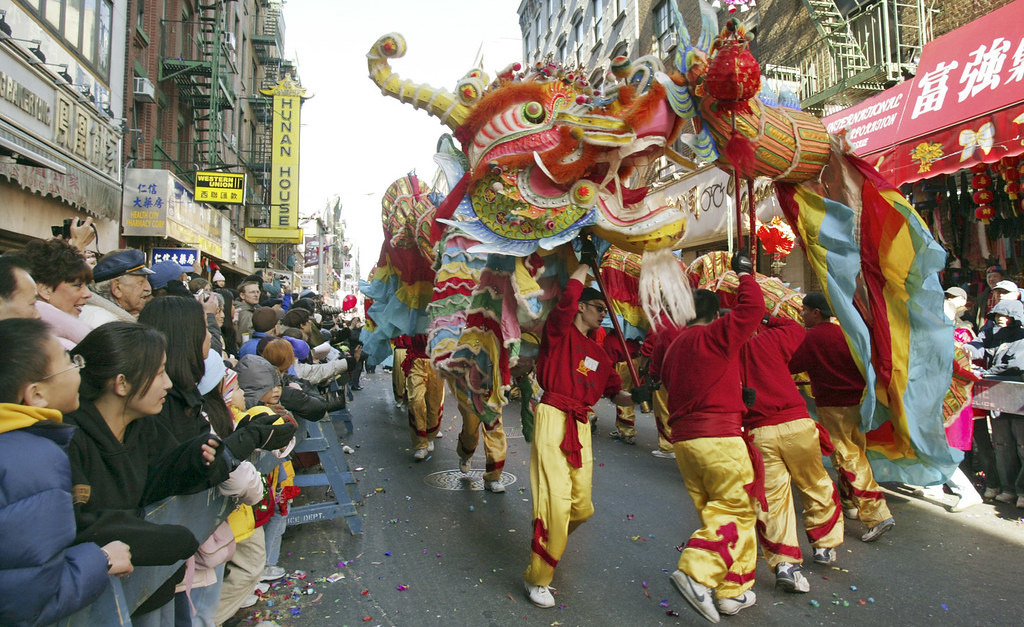
As a respectful tribute to their sacrifice and with the hope that next year the New Year's celebrations will be utterly memorable, we thought it could be helpful to tell the origins and history of this important holiday, trying to explain some myths and legends related to it.
The best-known legend is undoubtedly the one of the terrible monster Nian (年 or Nianshou 年), who had a long head and pointed horns, lived in the depths of the sea and left his lair only on New Year's Eve to eat the crop, the livestock and sometimes even humans.
The exciting thing is that the name "Nian" is pronounced exactly like the word "year" in Chinese ... have we intrigued you?
The New Year's origins
The precise origins of the Chinese New Year are unknown. Still, according to historians, it dates back to around 3,500 years ago, during the Shang Dynasty (1,600 - 1,046 BC), when sacrificial ceremonies were held to honor the gods and ancestors at the beginning of each year. The holiday, therefore, had a purely religious connotation.
According to the lunar calendar, the Chinese New Year corresponds with the first day of the first lunar month, and this custom has been established during the Han Dynasty (202 BC - 220 AD). During this time, some unusual celebration activities became popular, such as burning bamboo, to make crackling sounds.
Why? Read on, and you will find out.
Over the centuries, thanks to the prosperity of culture and economy, new customs and customs developed: in addition to worshiping divinities and ancestors, people began to be together to have fun. Gathering as a family, cleaning the house (do you remember our Easter cleaning?), Visiting relatives and friends, eating ravioli together.
Even staying up late and lighting firecrackers became a vital part of the celebration!
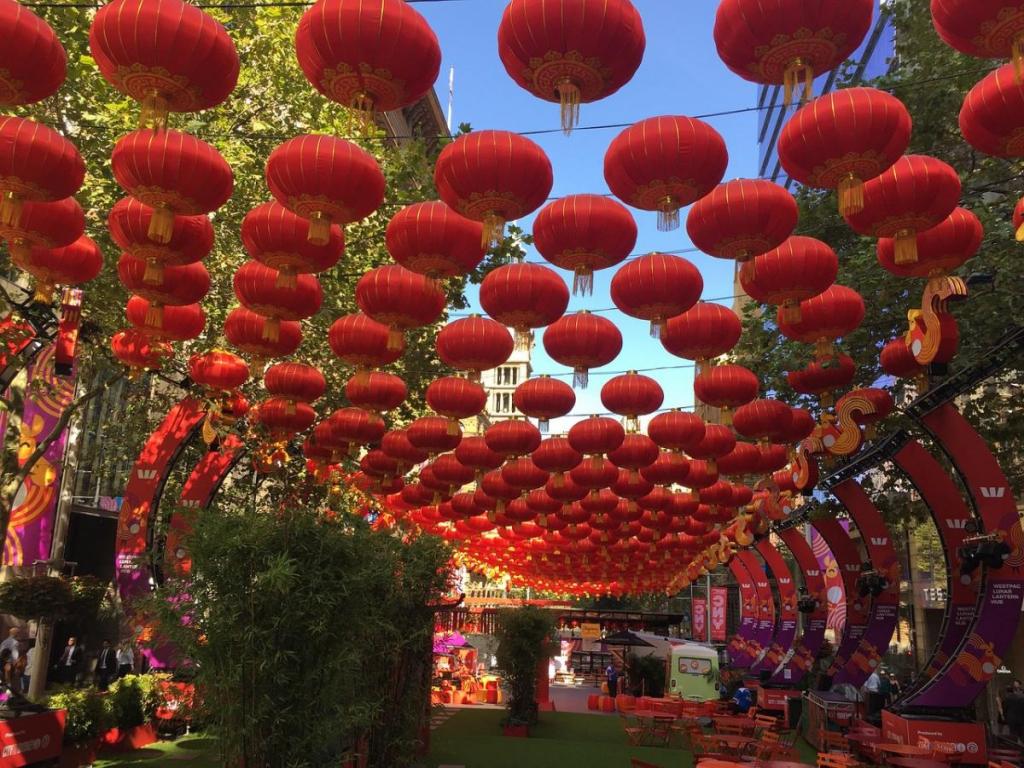
Other entertainment activities were also born, such as the Lion Dance, the Dragon Dance, and the Lantern Festival. The Chinese New Year began to lose the original connotations of a religious holiday and became more and more an occasion to celebrate with friends and relatives.
The celebrations began to spread in the villages and cities, and the festive atmosphere typical of this period was born, which is still felt today.
In 1912 the government of the new republic decided to abolish the lunar calendar and the Chinese New Year to adopt the Gregorian calendar and proclaimed January 1 as the official beginning of the new year. But after 1949, with the founding of the People's Republic of China, the Chinese New Year was reintroduced with the name of Spring Festival and became one of the national holidays.
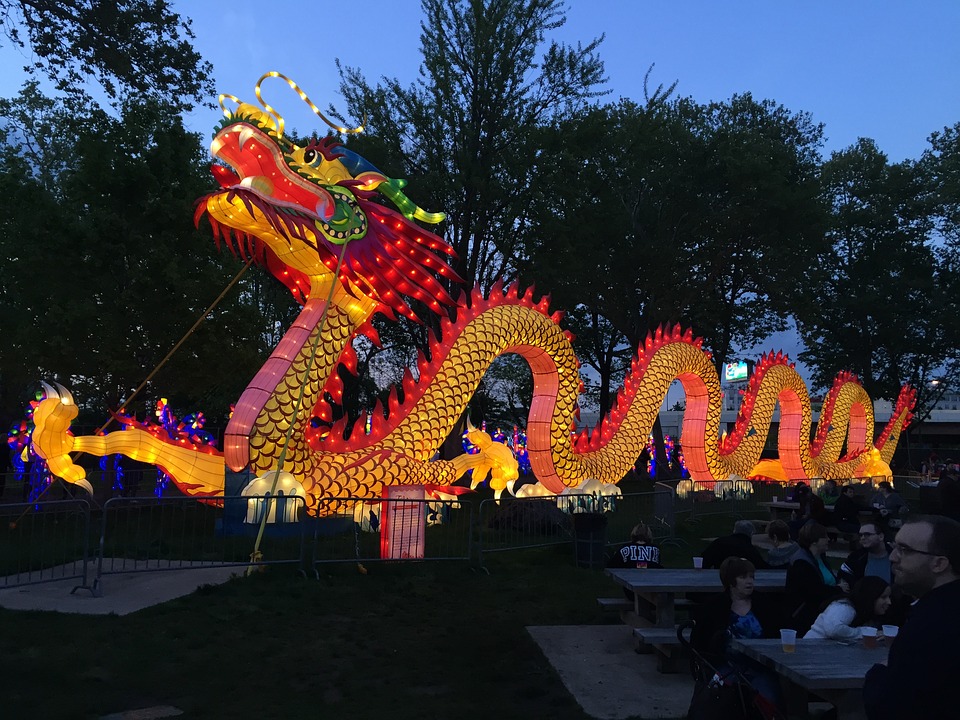
Today in China, both New Year's Eve and Chinese New Year are celebrated, which, however, remains the most important.
The legends about the Chinese New Year
Now let's try to understand the reason for some Chinese customs concerning the New Year. For example, why are firecrackers blown up to celebrate? And why are all the decorations red?
In Chinese, the phrase "to celebrate the Chinese New Year" is said to be Guonian (过年): Guo means to pass, overcome, go beyond; nian 年 can refer both to the word "year" and to the name of the legendary monster Nian, which we mentioned earlier.
Legend has it that on New Year's day, people, terrified of the idea that the terrible monster Nian came out of his lair, came up from the depths of the sea and ate not only the harvest and the livestock, but also them, left food offerings out of the house and fled to the mountains.
After centuries of terror, an older man, with white hair and a ruddy complexion, found the solution: instead of running away, he started burning bamboo to make crackling sounds (the precursors of firecrackers) and hung red drapes and lanterns everywhere.
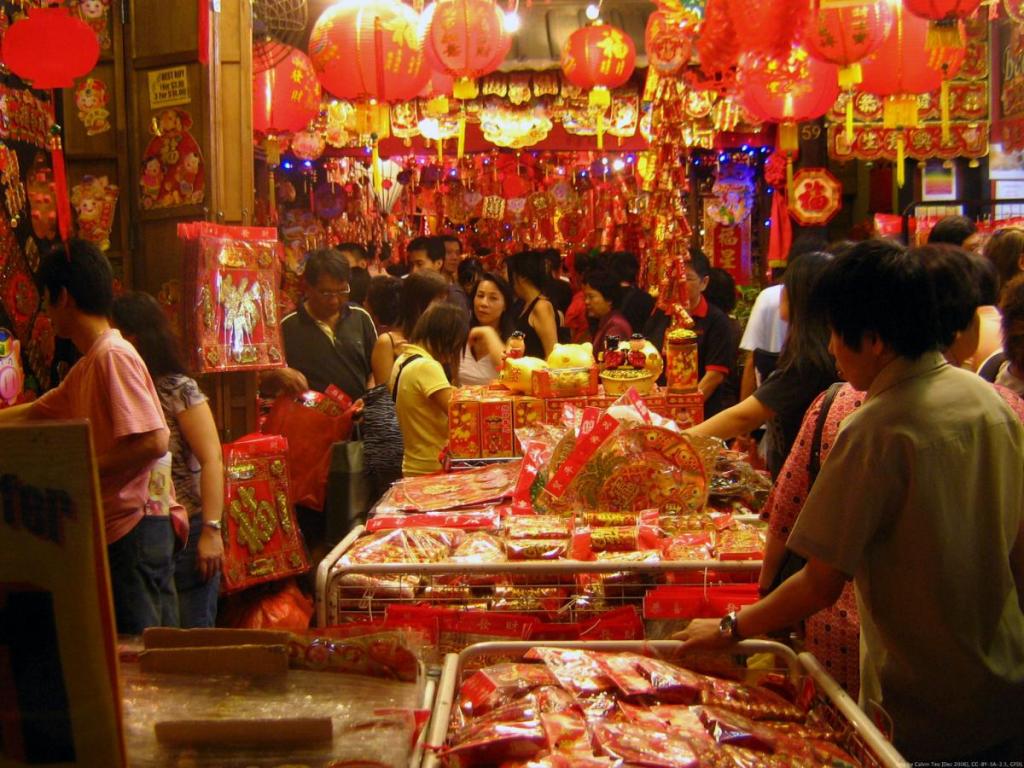
The monster was terribly frightened by red and loud noises!
When people came down from the mountains, they realized that the older man had managed to keep the fearsome monster away. From that moment on, every New Years’ eve, everyone did what the older man had done, and the monster never showed up again. Even today, the tradition of firecrackers and red decorations is undoubtedly the heart of the celebrations to celebrate the New Year.
Another particular custom of the Chinese New Year concerns the red envelopes that adults give to the youngest members of the family and to the elderly that contain money and are called yasuiqian (money to suppress Sui).
What legend lays behind the red envelopes?
The eve of the New Year, in addition to the monster Nian, there was also a demon named Sui who frightened the children while they slept. The children touched by the devil could no longer cry and had a very high fever that drove them crazy.
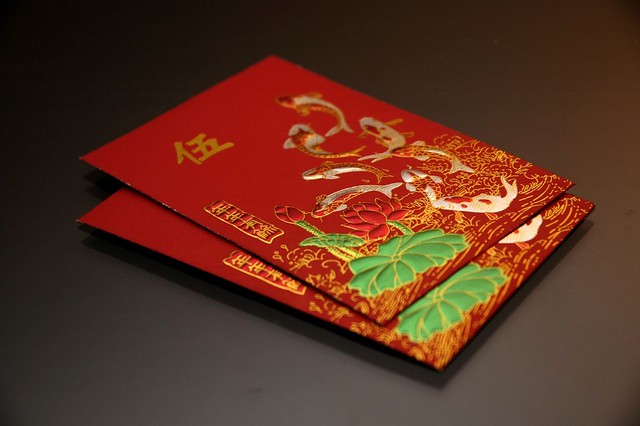
To protect the children from Sui, parents lit candles and stayed up all night. Some parents decided to give their child eight coins to play with to stay awake and prevent the demon from frightening him.
The boy amused himself by wrapping the coins in red paper, unwrapping and wrapping them, until he fell asleep; the parents then placed the package with the coins under his pillow. When Sui tried to touch the boy's head, the coins under the pillow rattled and frightened the demon. From that day on, giving red envelopes became a way of protecting children and bringing them luck.
We could continue indefinitely, but we only wish that next year, when the celebrations for the Chinese New Year will begin, everybody will remember how ancient and complex the culture of these beautiful people is.
And we want to be able to celebrate them all together!





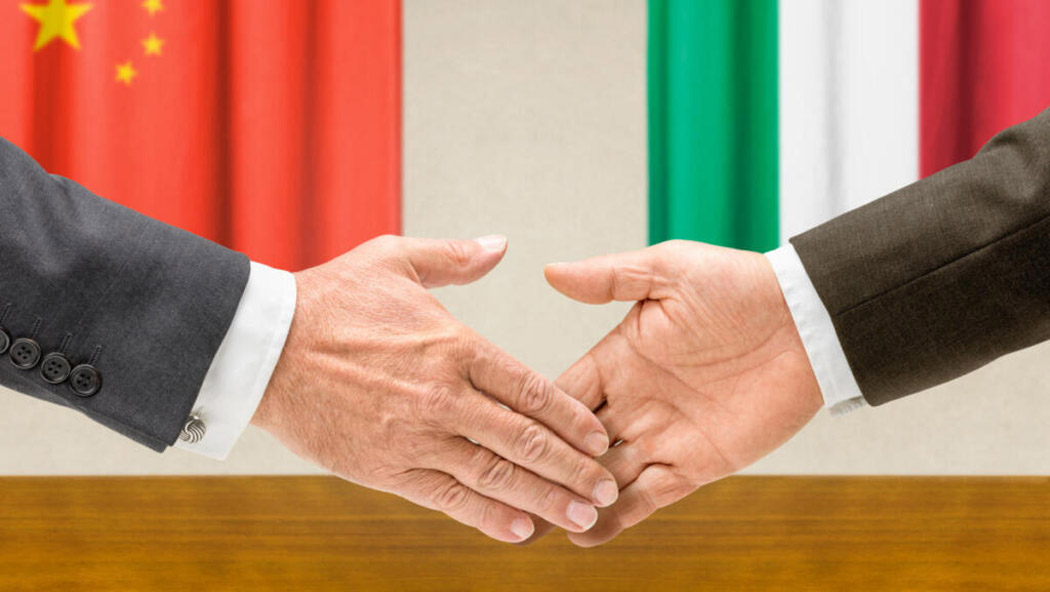


Follow us